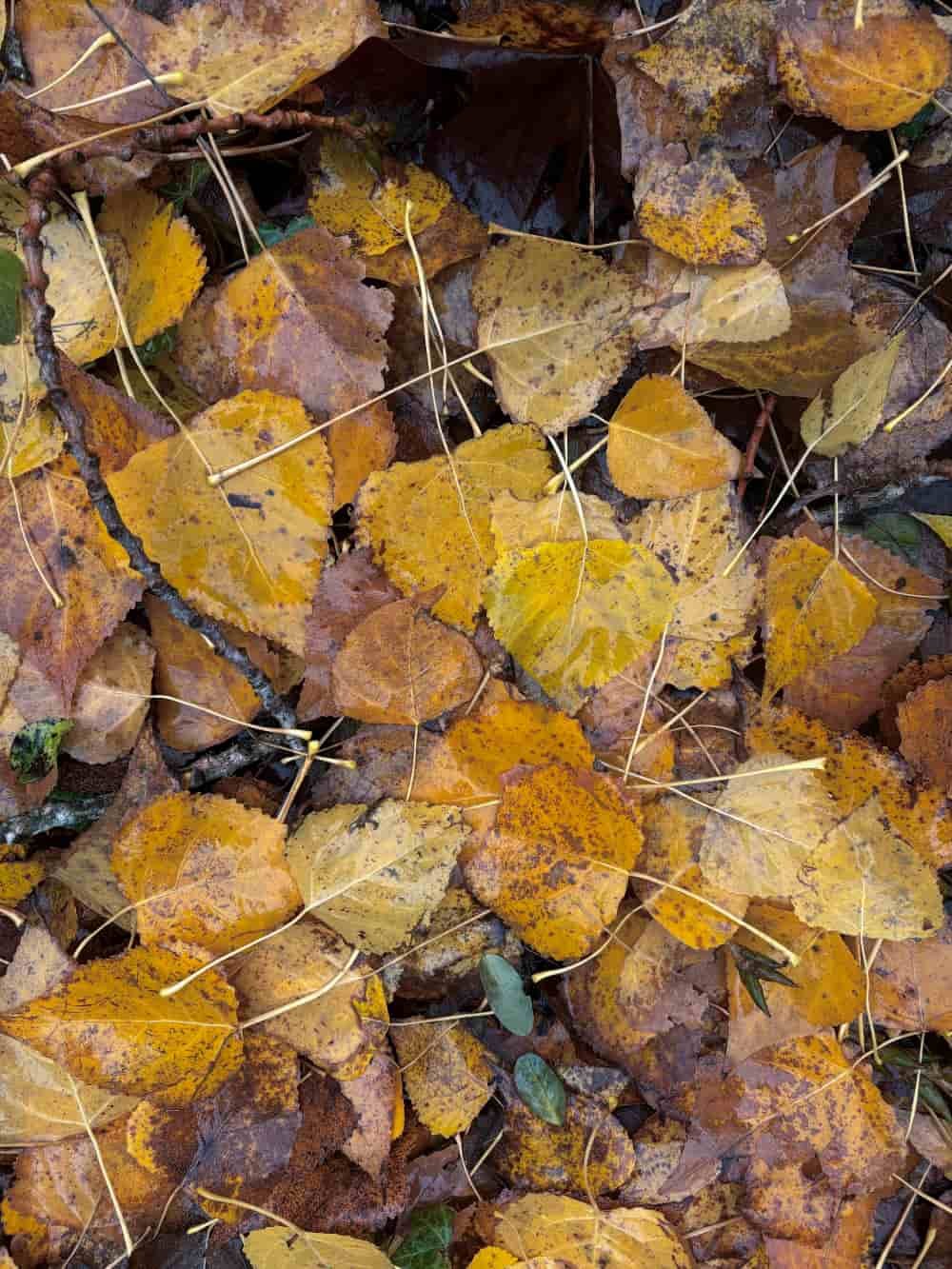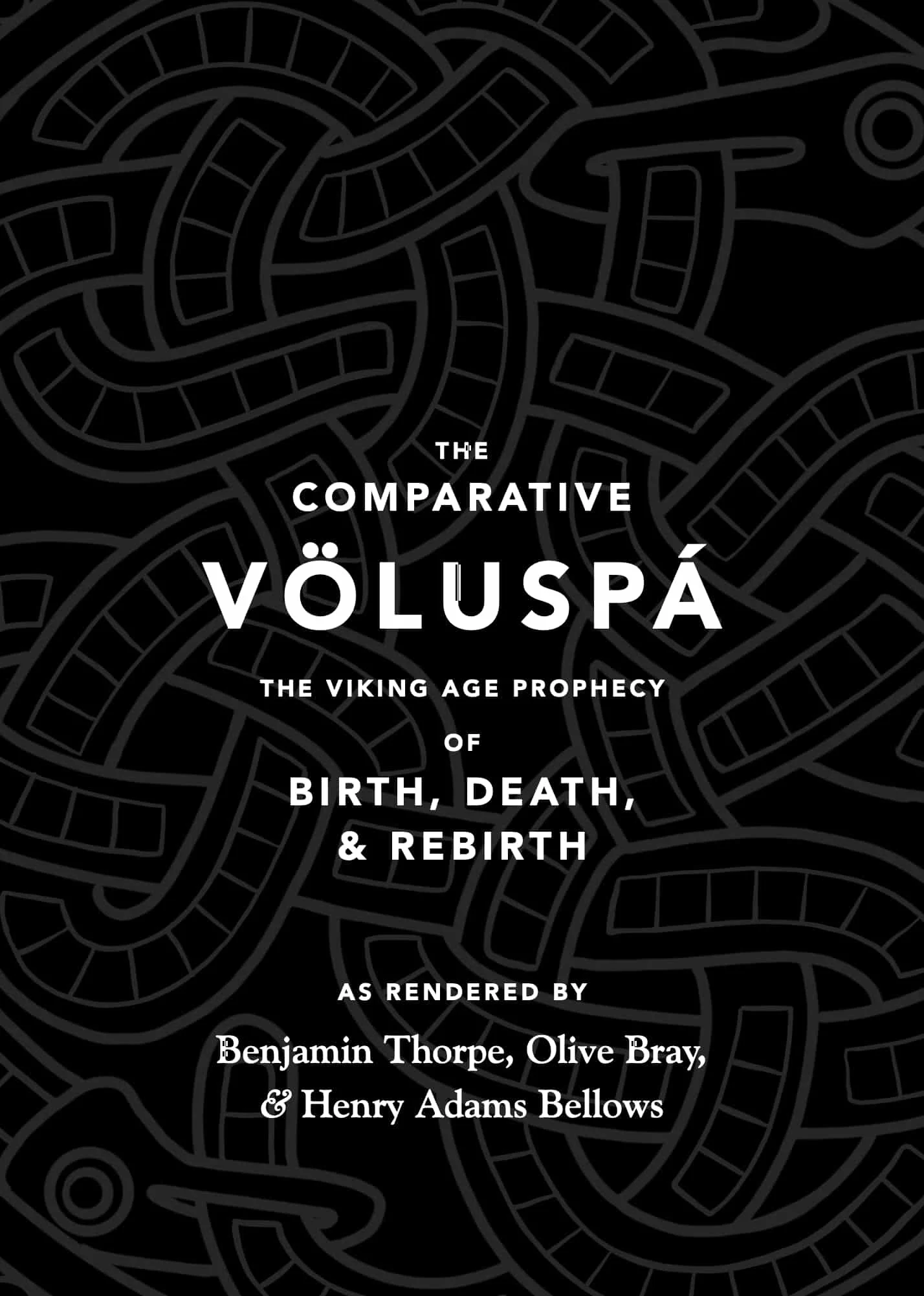On recent
Elder Futhark finds
Bernard Mees with art by Jacqui Alberts (Wovnwyrm) for Hyldyr, November 2024

PLEASE NOTE
This essay was originally included in The Elder Futhark: The Oldest Runes by Jacqui Alberts and Joseph S. Hopkins, edition II, published by Hyldyr November 2024.
In this brief essay, noted runologist Bernard Mees discusses the implications of a variety of recent finds of objects inscribed with runes, specifically the oldest runes, Elder Futhark, including what may be the oldest known runic inscription to date. All web links were last accessed November 11, 2024.
New finds of inscriptions written in the Elder Futhark are published every few years. Sometimes the discovery of only a single inscription is announced, but occasionally half a dozen or more will appear in an archaeology or linguistics journal. Most of the finds are still unearthed by archaeologists employed by universities and museums in Scandinavia, although increasingly it is metal detectorists who unearth new inscriptions. Twice as many inscriptions in the older runes are known today than 50 years ago and they have changed what is known about the use of writing by the early Germanic peoples.
The commonest type of older runic inscription is still those recorded stamped into the dies of golden pendants known as bracteates. The very earliest runic finds, however, are usually inscribed into brooches and weapons found in ancient graves. The names the inscriptions record are mostly those of men and the verbs usually indicate that the earliest inscriptions record the names of the manufacturers of the objects that bear them. Inscriptions on stone are rarer and typically record the name of the person buried at the spot the stone originally stood at, although not all finds of older inscriptions fit so neatly into these general types. The inscriptions preserved on bracteates are often the most varied, interesting, and challenging to make sense of. But the longer the inscription is, the more difficult it often is to understand.
When new finds of inscriptions are discovered, they are usually referred to experts in runic writing for analysis and publication. Yet most of the find reports of inscriptions in the Elder Futhark are later shown to include erroneous interpretations. It usually takes several decades for interpretations to appear that are linguistically acceptable, although with some inscriptions disputes can still last for even longer periods of time. More is known about the inscriptions in the Elder Futhark now than when the main collections of runic finds were first assembled, but considerable disagreement still arises among experts in the field.
Generally, the most recent finds tend to accord to the same types as those reflected by the inscriptions uncovered over fifty years ago. A bracteate from Vindelev, Denmark, discovered in 2020, has a message stamped on it that includes the verb helpu ‘I help’, further evidence that many of the pendants were worn by women as amulets. The inscription also preserves a form wodṇas that has been claimed to be an early form of the name of the Old Norse god Óðinn. The expected spelling would be wodinas, however, and it is not clear why the medial vowel is not represented in what is otherwise a very well-executed inscription.
Most of the recent runic finds are more clearly mundane. One of the inscriptions on the stones from Svingerud, Norway, excavated in 2022, was found in a first or second-century grave and it preserves the accusative singular term runo ‘rune’ employed in a manner that indicates it is a collective designation for the whole inscription. This is more evidence that the runes derived their name from a cognate of the Latvian noun runa ‘talk, speech’ as if runes were understood primarily as a way of communicating. Another of the Svingerud stones, discovered in 2021 in what may be a slightly more recent grave, records the sequence fuþ presumably because the ordering of the runes as f, u, þ, a, r, k for pedagogical purposes is as old as the Elder Futhark itself. A runestone inscription found in 2017 at Rakkestad, Norway, records the spelling irilaz for the term spelled erilaz in inscriptions from Denmark and Sweden, indicating that some regional dialectal variation already existed in Norse during the period of the Elder Futhark.
Rune appears to be a very old term and it seems to indicate that the Elder Futhark was developed to allow words to last long after their speakers had been forgotten. The very earliest inscriptions are all profane expressions, preserving little more than names or indications of who wrote them. Three are now known that date to no later than the second century, two of which have only come to light in the last few years. One discovered on a knife unearthed in 2023 from a grave near Vimose, Denmark, just preserves the name ḥirila, much as an inscription on a comb found in the nineteenth century in the bog at Vimose records only a name harja. But the messages left behind by people such as Hirila and Harja can still be read and it seems rather amazing that people who lived so long ago in a society that is usually thought to have been illiterate could leave behind written messages that can still be read, nineteen centuries later. It makes you wonder what other purposes people such as Hirila and Harja used literacy for. Why did they learn to read and write? What role did runic writing have more broadly in the society that they lived in?
The main contribution that the most recent finds of inscriptions has made is to render it clear that the Elder Futhark is older than many Scandinavian experts had formerly supposed and that the earliest inscriptions were usually not created for magical or religious purposes. It seems likely that knowledge of the Elder Futhark was restricted to the upper classes and the craftsmen who served them – the objects on which the inscriptions are most often discovered are often clearly items owned by warriors and wealthy women. Most of the earliest inscriptions are preserved on mundane objects, from Hirila’s knife to Harja’s comb, and the uses recorded on objects such as the bracteates appear to be a later development. What was being inscribed into perishable objects such as those made from wood at the time is unclear, although assuming that they must have been different from what is attested otherwise would be hazardous. The names of the individual runic characters recorded in later manuscripts are probably very old, taught to everyone who learned to read and write using the Elder Futhark. Few experts in runic inscriptions are willing to go much further than that, however, preferring to leave other questions regarding the use of runic writing to be answered by further discoveries.











